Looking Through the Anatomy of a Double-Hung Window
Ready to get Your New Windows?
Window World offers free in-home consultations! Click below to schedule today!
Get started!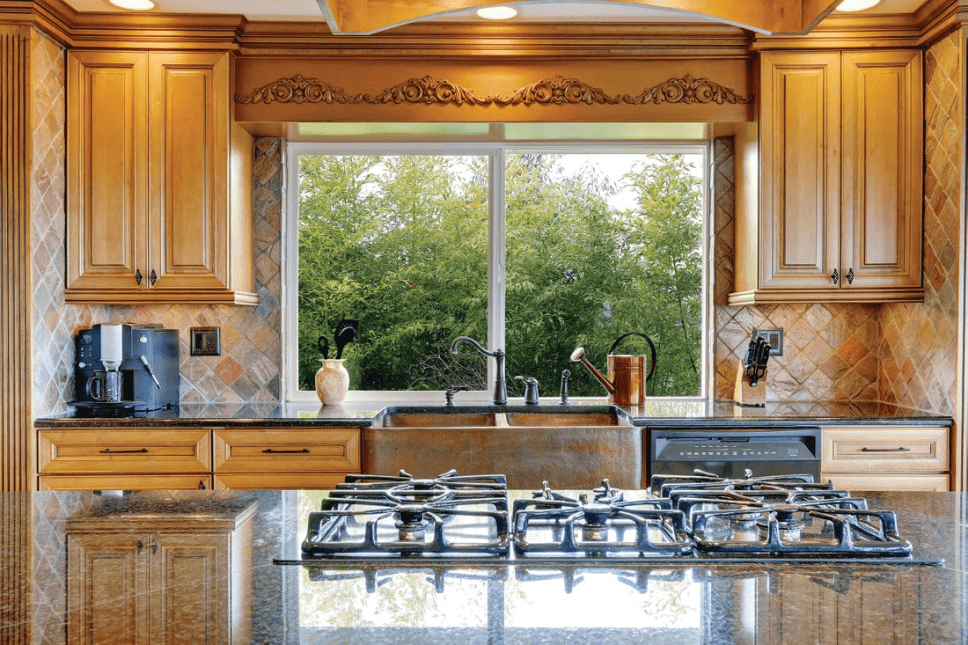
Replacement windows play a crucial role in every home, not just for looks but for function, too! From enhancing style to maximizing energy efficiency, windows help define the atmosphere of your space. A well-chosen window can make a room feel bright and inviting, while a poor fit can leave it cold and dim.
Windows are truly a marvel of design, blending durability with sleek functionality to bring natural light indoors without compromising comfort. Let’s take a look at the components of window construction to see what makes each piece essential.
Key parts of a double-hung window
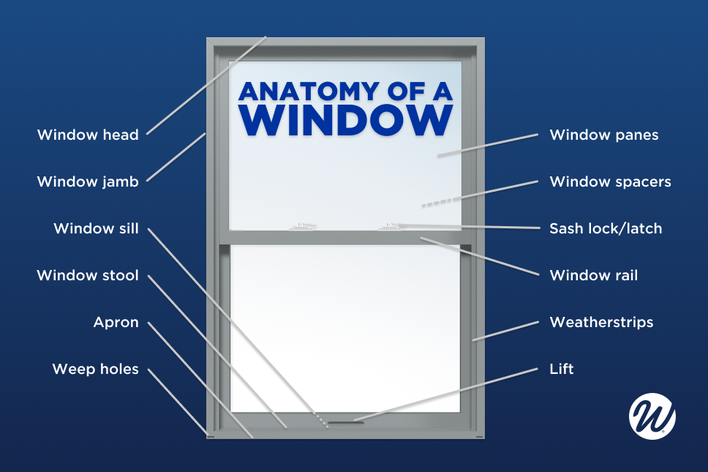
Most windows share similar components, so let’s focus on a popular choice: the double-hung window. Known for its two sashes that slide vertically, this style combines timeless appeal with great ventilation.
Here’s a closer look at double-hung window anatomy, broken into two main sections: the frame and the sash.
Important parts of a window frame

The window frame is essentially the structural base for the entire window unit. The frame anchors the window to the wall and provides the structure for the sashes to move through. When you look deeper, there are several individual components needed for this kind of movement.
Window head
The window head is the uppermost horizontal part of the window frame. It sits at the top of the window, supporting the upper sash and completing the frame’s structural outline.
Window sill
The window sill is the horizontal bottom part of the window frame. In double-hung windows, the sill works in tandem with the sash to seal the window when it's closed, helping with insulation and protection against the elements. But for every window, the purpose of the window sill is to frame the window and slope very slightly away from its surface, funneling water away from the window edges.
Window stool
While the window sill is outside, the window stool is the flat, horizontal ledge found inside the home, directly below the bottom sash. This part is both functional and decorative, providing a place to set small objects while also framing the window aesthetically.
So, when you’re wondering what to put on a window sill, you’re actually wondering about what to put on a window stool – fun fact!
Apron
Beneath the window stool, you’ll find the apron: a decorative piece of trim that provides a finished look to the interior window frame. The apron extends slightly below the stool and, in some cases, can enhance the window’s overall style.
Window jamb
The jambs are the vertical sides of the window frame. They run from the head to the sill, providing lateral support to the window.
But jambs also house the “track” or channel that the sashes slide up and down in. Properly sealed jambs further contribute to the window's energy efficiency, preventing drafts from sneaking in.
Weep holes
Weep holes are small openings at the bottom of the window frame. They have funny-sounding names, but you don’t want a window without them.
In a nutshell, they’re designed to allow water to escape. Particularly important in vinyl windows, these holes prevent water accumulation, which could otherwise cause damage to the frame or surrounding walls. Although they’re small, weep holes play a big role in window longevity and moisture control.
Anatomy of a window sash
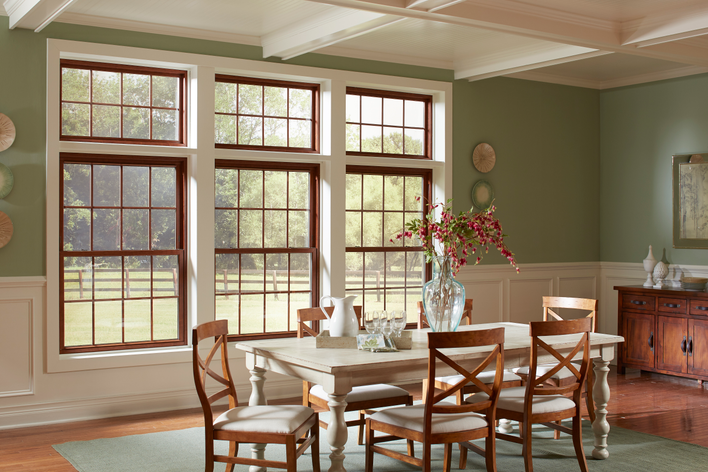
In a double-hung window, the sash refers to the part of the window that holds the glass and moves up or down within the frame. The sash is critical to the window's operation and energy efficiency; without it, the window wouldn’t be able to be opened or closed.
For non-operable windows – like box windows or picture windows, for instance – the window sash is still important since it holds the glass panes in place. Here’s a look at the important components that make up the window sash.
Window pane(s)
Simply put, the window pane is the glass itself. Energy-efficient windows often have multiple panes of glass with gas-filled space between them to improve insulation and reduce heat transfer.
Window spacers
Spacers are small but vital window pieces located between multiple panes of glass in double- or triple-pane windows. They help maintain the correct distance between the panes and keep them in place, contributing to a window’s insulation value. In some cases, they also contain a moisture-absorbing material to reduce condensation.
Window rail
The window rail is the horizontal bar you’ll find within the sash. In a double-hung window, there are two rails: one at the top of the lower sash and one at the bottom of the upper sash. These rails help the sashes lock together when the window is closed, creating a tight seal that enhances security and energy efficiency.
Lift
In traditional double-hung windows, a lift is often included on the bottom sash. This handle or “lip” makes it easier to raise and lower the sash, adding a bit of convenience and functionality to the window.
Sash lock/latch
A sash lock or latch is a mechanism that secures the window when closed. Typically located where the upper and lower sashes meet, it locks the two sashes together, providing added security and improving the seal, which reduces drafts and prevents the window from being opened from the outside.
Weatherstrips
Weatherstrips are typically made of rubber, foam, or felt and are attached to the edges of the sash. They help create a tight seal when the window is closed, preventing air leaks, reducing noise, and enhancing the window’s energy efficiency. Maintaining the weatherstrips is crucial to ensuring your window continues to perform well over time, and you can replace weatherstripping yourself if an old window becomes drafty.
Other parts of a vinyl window
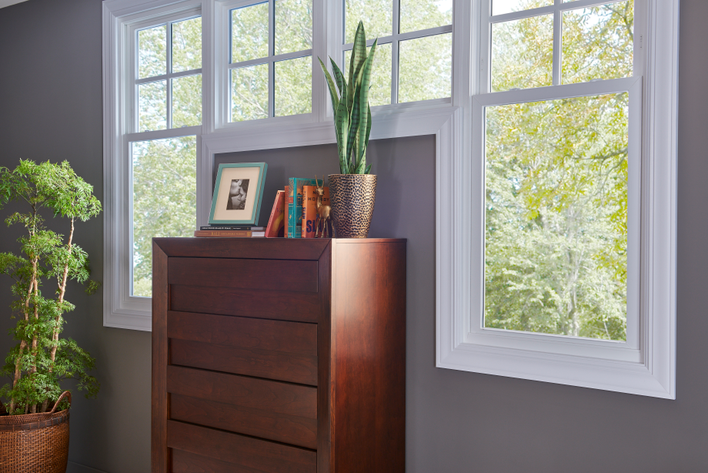
While the frame and sash form the core parts of a window’s structure, there are a few more components that have key parts to play or enhance its look. Let’s examine some of the other parts of a window commonly found in vinyl models.
Window casing
The window casing is the decorative molding or trim that surrounds the window on the outside (exterior casing) or inside (interior casing). Its primary function? Cover the gap between the window frame and the wall, providing a finished, polished look while also helping to block drafts. When properly installed, casings help a window appear to be seamlessly integrated into a building’s design.
Grilles
Grilles are decorative elements that divide a window pane into smaller sections. In modern windows, these grids are often purely decorative, placed between the panes of glass for easy cleaning and adding a classic touch to the window’s appearance.
Mullion
A mullion is a vertical or horizontal element that connects two or more window units together. Often found in multi-pane window designs, mullions provide structural support and create a grid-like appearance. In vinyl windows, they are usually designed to blend seamlessly with the window frame, so they both maintain the window’s strength and ensure some visual continuity.
Find the right new windows today
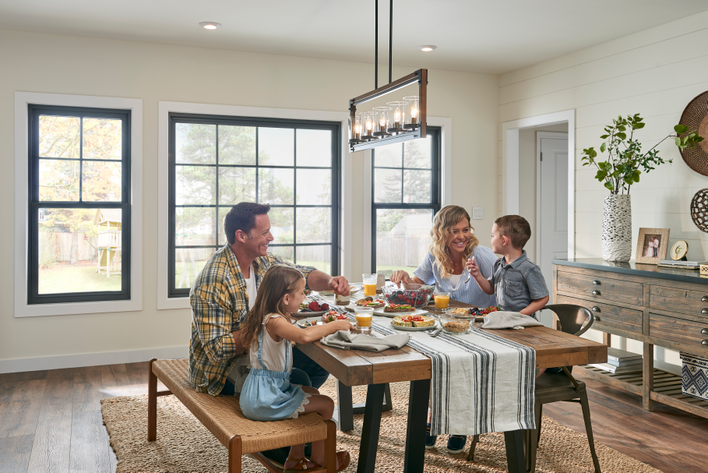
As you can see, window anatomy is fairly complex – particularly if they’re designed to open and close. Over time, windows can become battered or worn down, warping or turning drafty. When the time comes to replace those windows, your local Window World can help.
With our wide variety of window shapes, styles, and sizes to choose from, you can bet that you’ll find a replacement or upgrade that’s perfect for your property. Get in touch with us today or request a quote online to get started!



